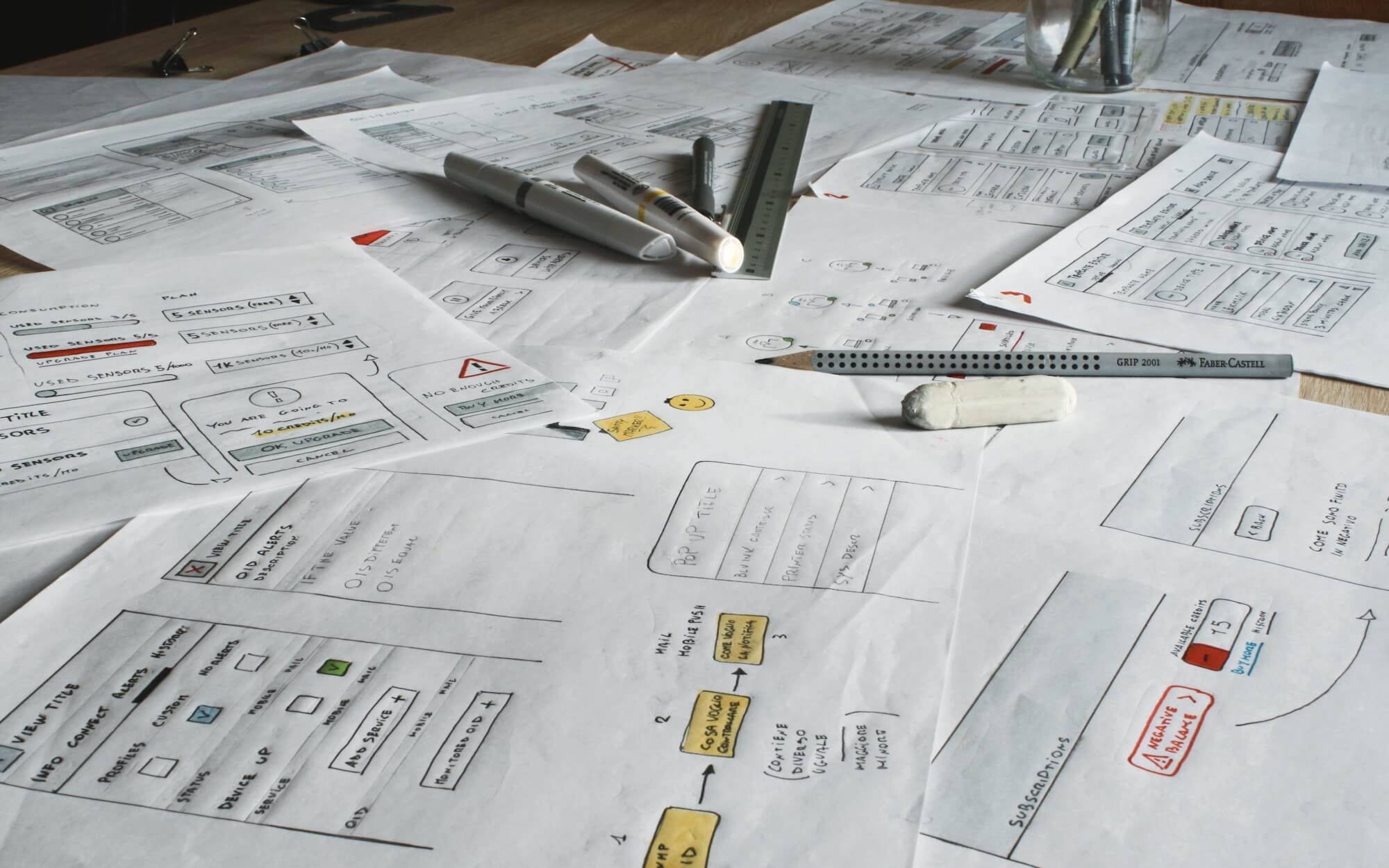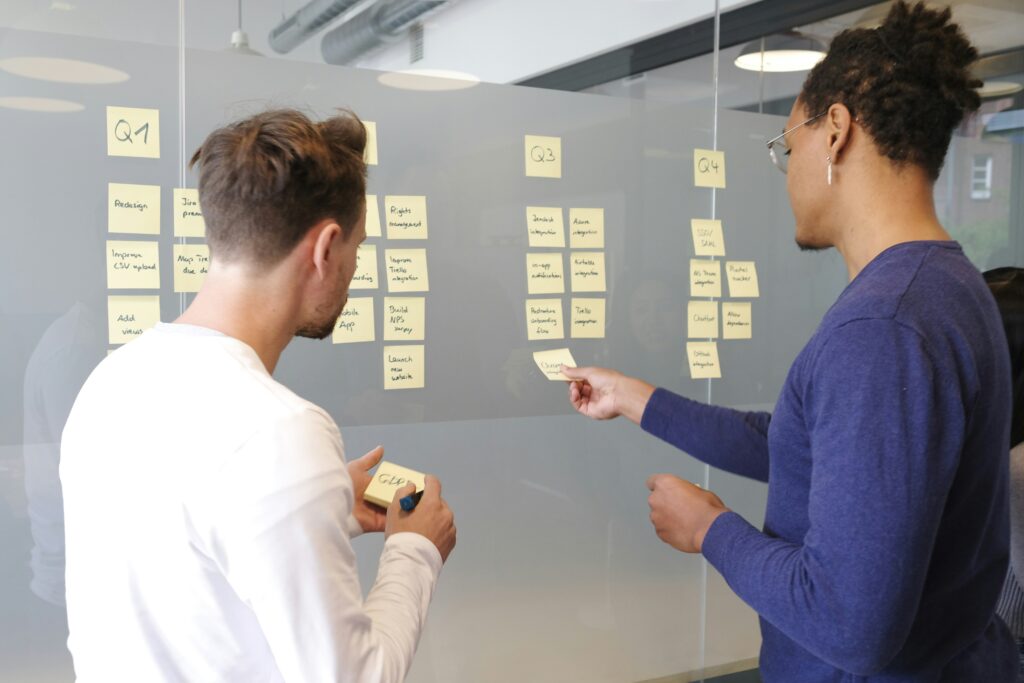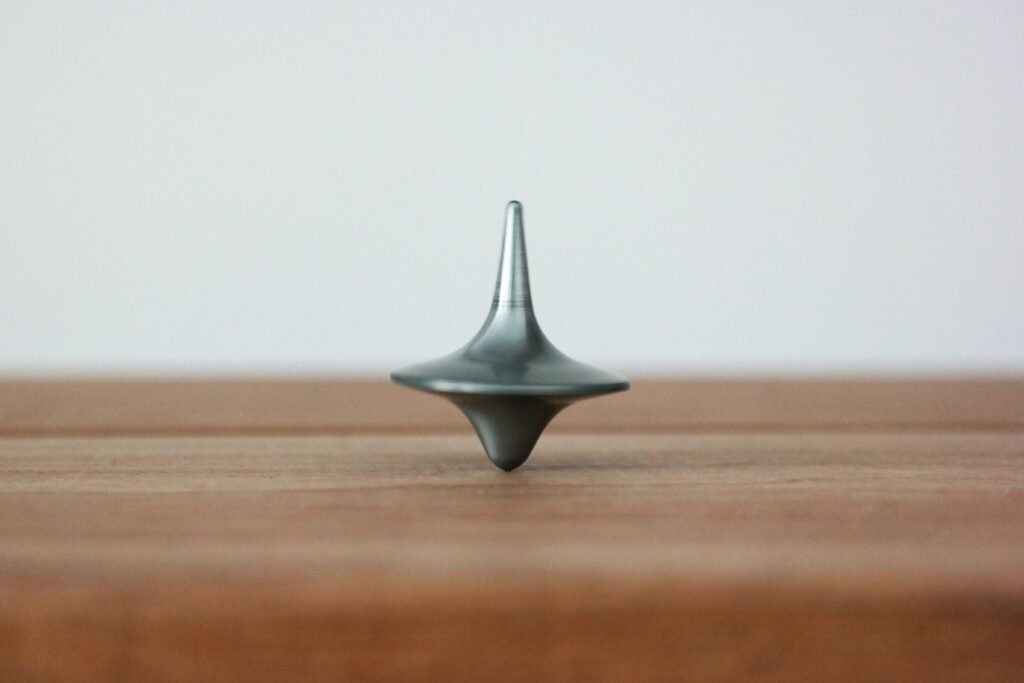Technology and design are in the midst of an exciting crossroads, where businesses are becoming aware that the products and services they provide, no matter how innovative, are competing just as much in user experience as they are in functionality. The early proliferation of dazzling consumer experiences has bred a new generation of buyers who expect even their business software to look, work, and feel the same way as the other tools and experiences they’ve come to depend on and love. Good design is good business, and over the past 5 years or so startups and established companies alike have been scrambling. Hiring a UX designer is now more important than ever to stay competitive.
The problem for most companies is that, while we wouldn’t ask a product manager to hire an engineer or vice versa, these are often the groups tasked with hiring a UX designer to join the team. These groups, if being honest, may not truly understand how a UX designer will help them stay competitive, and commonly misinterpret design as simply applying a pleasing color palette or carefully selecting the right font. Businesses without an established design practice often lack the definition or understanding of design roles, leaving product development teams with a missed opportunity to incorporate design as a strategic differentiator.
So, if design isn’t about aesthetics and font, then what is it? In short, good design means your user doesn’t have to think. It means the system is easy to learn, remember, and delightfully exceeds their expectations in speed and reliability. It means that every next step is carefully anticipated, building a lasting emotional connection between the user and the system that is based on trust. Great design breeds loyalty in ways your users will struggle to articulate, expressing only the sentiment that “it just gets me.”
To hire successfully then, as with any position, it’s critical to focus on the outcome and not just the role. Understanding the breadth and complexity of what makes for “good design” will better position the non-designer to pinpoint the must-have qualities of a designer to join their team.
Design is a Practice, Not a Function
The first (and very common) mistake that businesses make in executing a strong design strategy is to focus on building the product first, with the goal of having a designer come in later to improve the user experience. But design is a practice in much the same way product management or engineering is. Having a designer come in at the end of a project to “polish” it is like hiring a product manager at the end to just work on market positioning for the product, or asking an engineer to “just hook up the back end”.
It’s an all too common story for talented UX designers to be turned off from a job interview when they realize that what the company actually wants is a graphic designer. This isn’t suggesting that graphic design is somehow unimportant — it is, in fact, a hugely important aspect of a strong design strategy — rather, it’s indicative of a blatant lack of knowledge of the UX designer’s field of expertise. The misconception of “UX designer” is understandable given that it’s sometimes a heated debate even in the design community, so it makes sense that non-designers would be doubly confused. But after hours of researching the business and crafting their resume and portfolio to demonstrate how their expertise can have an impact, it can still be insulting to realize that the business didn’t even attempt to understand the role for which they had advertised.
Though opinions vary, there is consensus that “user experience design” is a general term that encompasses many specific disciplines. This was made famous by Dan Saffer’s Venn Diagram, The Disciplines of User Experience Design:
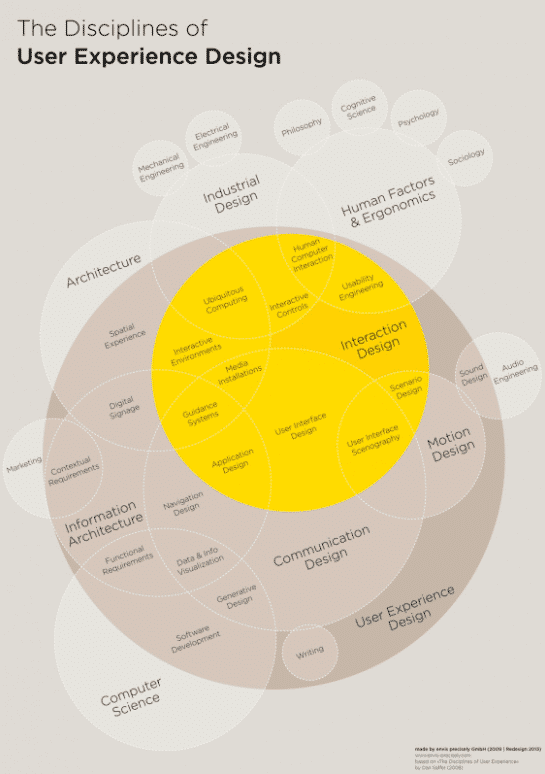
To simplify this and apply it to software and other digital products, think about a strong user experience design practice as one that embraces these five distinct disciplines: user research, information architecture, interaction design, visual design, and UI engineering. This illustration outlines each discipline accompanied by its various tools and deliverables.
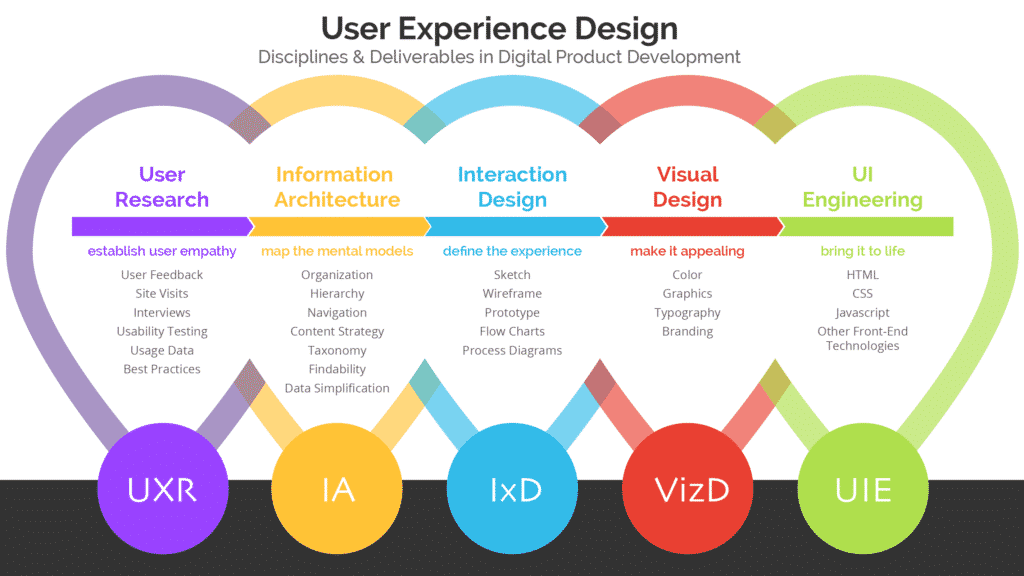
For the non-designer, it’s not necessary to have an in-depth understanding of each UX discipline. But it is necessary to have some awareness of these disciplines to best inform what to look for when hiring to establish a design practice. The first designer or UX agency you hire on the team will be critical to this evolution, so it’s important to invest in someone whose expertise covers a wide gamut of these disciplines. And as the business grows, so should the design practice. Use the scale of UX disciplines to round out the talents of a growing UX team to ensure the right emphasis in the areas that will help great design be a strategic differentiator for your business.
5 Qualities to Look for When Hiring a UX Designer:
To ignite a strong design strategy for your business, your first design hire should be able partner with you to own and execute that strategy. Assuming you only have budget for one designer, then it’s also important that this person has the experience and portfolio that demonstrates their strengths as an individual contributor. Following are five qualities of a designer who can make an immediate impact as well as nurture the growth of a solid design practice for your business.
Glutton for Empathy
Any designer’s core skill is their ability to empathize with users so they can anticipate their expected interactions with the product. But great designers understand that, while their work focuses primarily on the end user as the consumer, engineers and product managers are also consumers of their user insights. So, designers’ ability to empathize and distill information into meaningful and relatable stories extends beyond the interface design all the way down to building relationships and trust within the teams they are supporting.
Business and Strategic Thinker
In some ways, your first designer should be indistinguishable from a product manager in the way they approach problem discovery. A good design leader understands how to prioritize user needs with business goals and can balance the natural tension between the business, technology, and the user. Oftentimes the role of balancing user vs. business needs falls on the shoulders of the product manager, and in a tough spot it’s usually the business that wins. But a great designer is eager to forge a partnership with their product manager and engineering leads, freeing each other up to lean on their individual biases to allow healthy debate and more rounded decision-making.
Teacher and Facilitator
Designers want to be respected for their unique craft, but great design leaders refuse to hoard their design skills and won’t be protective or territorial about the process or their design team. Great UX designers are eager to teach and share in their craft, and they will often do this through the evangelism of design thinking. In practice, you’ll know you have a great designer in place when they are facilitating design workshops with engineers, or if they simply roll a whiteboard up to their team and hand the marker to an engineer and ask him or her to sketch an idea.
To learn more about tools experts use in product design teams, watch this recent webinar:
Strong User Researcher
It’s not uncommon for designers to be a little rough around the edges when it comes to user research. Some designers, while they can design a beautiful screen layout, struggle to design structured research such as feedback loops, surveys, and usability tests without being influenced by their own bias to the design. A strong design leader can separate their ego from the raw user feedback because they are more driven by getting it right for the customer than receiving personal validation on their designs. They also put their facilitation skills to work in their research by making it a collaborative effort and inviting engineering and product management to learn through observation of usability tests and participation in qualitative interviews.
Student of Agile/Lean UX
The toughest spot a designer may find themselves in is as a bottleneck to their team’s ability to make fast decisions and move forward quickly. A designer’s empathic connection to the customer innately causes a sort of fear of lasting negative first impressions about a product or feature that is still a work-in-progress. This fear can be hugely detrimental to the team if their work isn’t being constantly validated with end users. But the fear can be hugely beneficial if leveraged to help teams think strategically about how to collect feedback and iterate in a way that will create lasting positive first impressions from customers. It’s important that the first designer you hire has the experience to put their fear in check and use it to encourage thoughtful iterations and smart rollout plans to achieve the desired results.

A Lasting Design Strategy
A strong design strategy begins with an understanding of the impact and outcome of great design, and puts the right talent in place in order to reach that outcome. To achieve this, the non-designer must first be humble enough to admit that they might not fully understand value and role of a designer, then be diligent in learning more about the craft for which they’ve been charged with hiring for. By investing in hiring a UX designer with an acumen for business, this first hire can act as a partner to establish a healthy design practice for the long term.
The role of design transcends what looks good and builds and emotional connection to the end user because it also feels good to use the product. A business’ ability to leverage design to tap into the latent needs of its users is what will drives loyalty, and leaves competitors scratching their heads.
J.J. Kercher shares more of her product and design leadership thoughts in Spotlights: J.J. Kercher “Return focus back to the customer and product”, below.
